A Vast Interior Ocean 400 Feet Underneath the Earth’s Crust Creates ‘Ringwoodite’ Gems
A geologist from Northwestern University made a discovery that vastly challenges our understanding of planet Earth’s water distribution and how it’s affected by a unique mineral known as ringwoodite.
Geophysicist Steve Jacobson and seismologist Brandon Schmandt believe they may have found the world’s largest reservoir. Initial evidence suggests oceans’ worth of water lies deep beneath the United States.
Water Trapped in Mantle Rock
Jacobson from Northwestern University and Schmandt from the University of New Mexico team published their groundbreaking findings in the journal Science. This study, a testament to the power of collaboration, aims to challenge the existing understanding of Earth’s water cycle, with a particular focus on the role of water trapped in mantle rock.
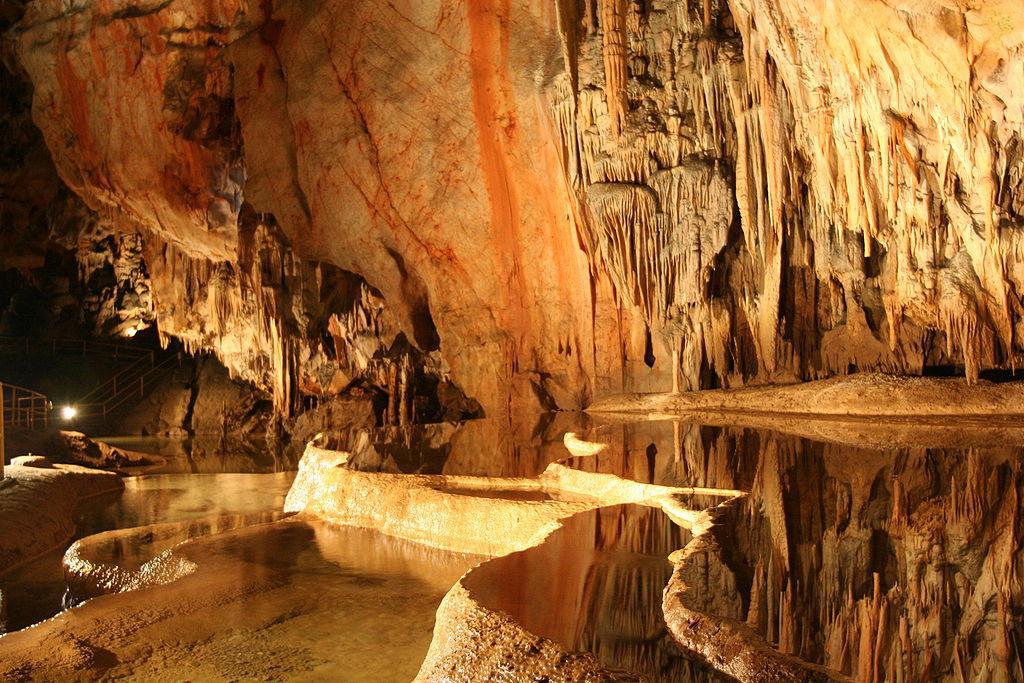
Source: Wikimedia
“I think we are finally seeing evidence for a whole-Earth water cycle, which may help explain the vast amount of liquid water on the surface of our habitable planet. Scientists have been looking for this missing deep water for decades,” Jacobsen said.
An Ocean Deep Beneath the World
For decades, scientists have speculated about the possibility of water being trapped deep in the Earth’s mantle. Theories suggest it could be anywhere between the lower and upper mantle, which sits around 250 to 410 miles beneath the surface.
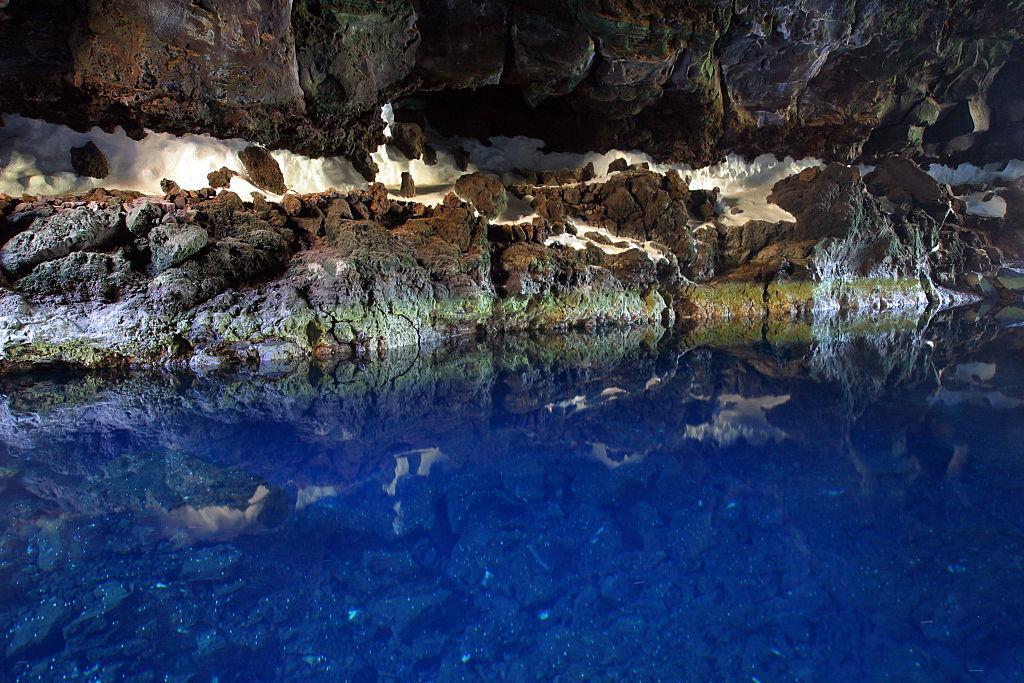
Source: In Pictures Ltd./Corbis via Getty Images
Jacobsen and Schmandt were the first to finally produce evidence that water can be found in this region of the Earth, and it’s all thanks to a unique mineral known as Ringwoodite.
The Unique Properties of Ringwoodite
The so-called reservoir, which some researchers suggest could hold three times the water in all the oceans combined, is encased in a mineral known as ringwoodite.
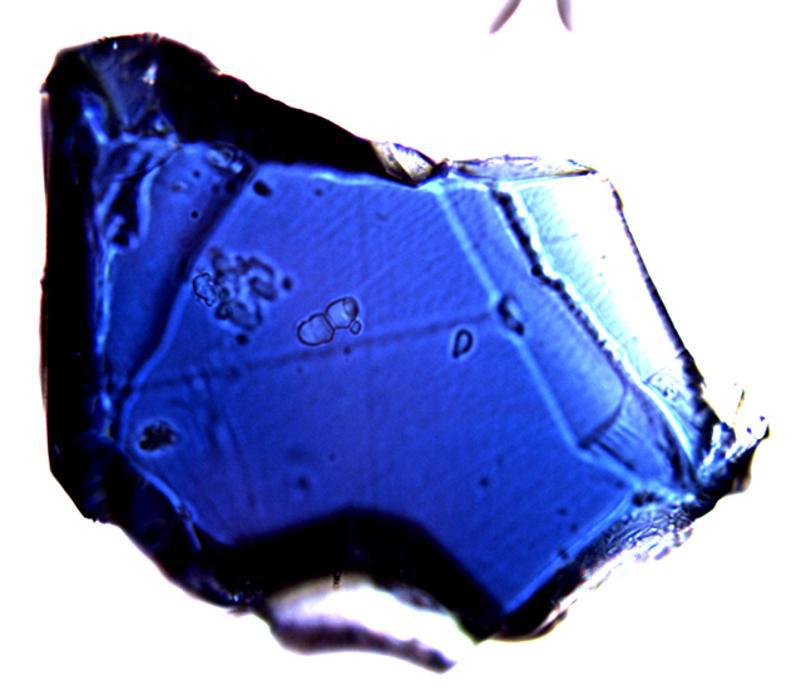
Source: Wikimedia
Ringwoodite is a mineral rock with a blue hue that can absorb water and hold moisture within its crystal structure. Eventually, the rock releases water into the Earth by passing it through magma.
Unfamiliar Form of Water
The water found encased in the ringwoodite deep in the mantle is unlike any form that is familiar to us. While we can all differentiate liquid from ice and vapor, the water trapped in the mineral has a different structure.
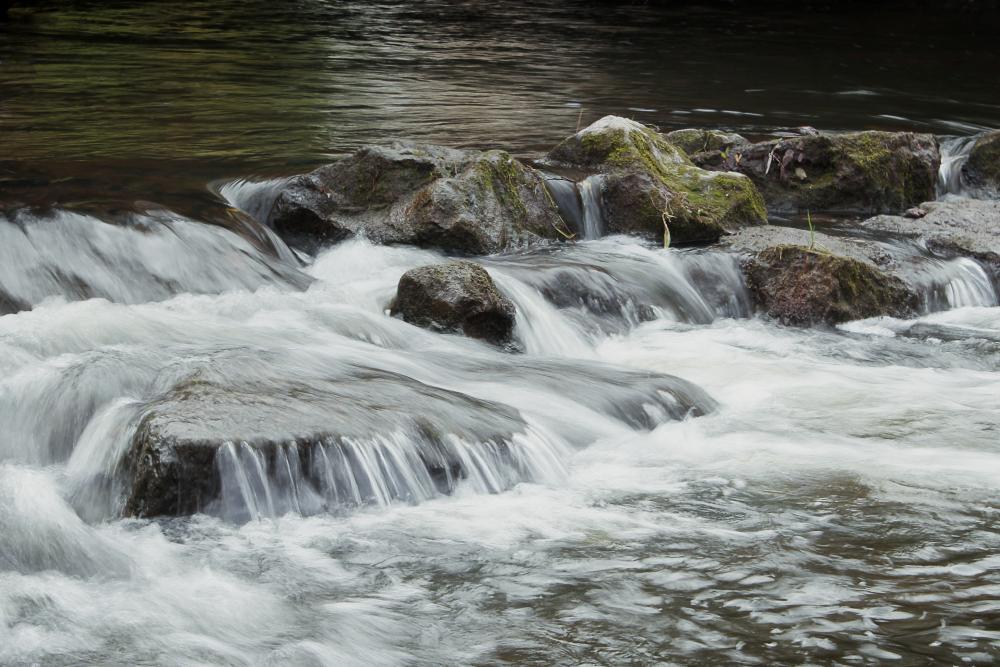
Source: Freepik
At this depth of the Earth, the immense pressure of the solid rock pushing down together with the high temperatures of over 2,000 degrees Fahrenheit forces the water molecules to spill and create hydroxyl radicals (OH), which can embed themselves in a mineral’s crusty structure.
Geophysicist Speaks About the Discovery
Speaking on their discovery, Jacobson said, “Whether or not this unique sample is representative of the Earth’s interior composition is not known, however.”

Source: Freepik
“Now we have found evidence for extensive melting beneath North America at the same depths corresponding to the dehydration of ringwoodite, which is exactly what has been happening in my experiments.”
Jacobson Synthesizes Ringwoodite
Jacobson has been hard at work in his lab, trying to synthesize ringwoodite. He does this by reacting a unique green mineral, olivine, with water at an extremely high pressure.
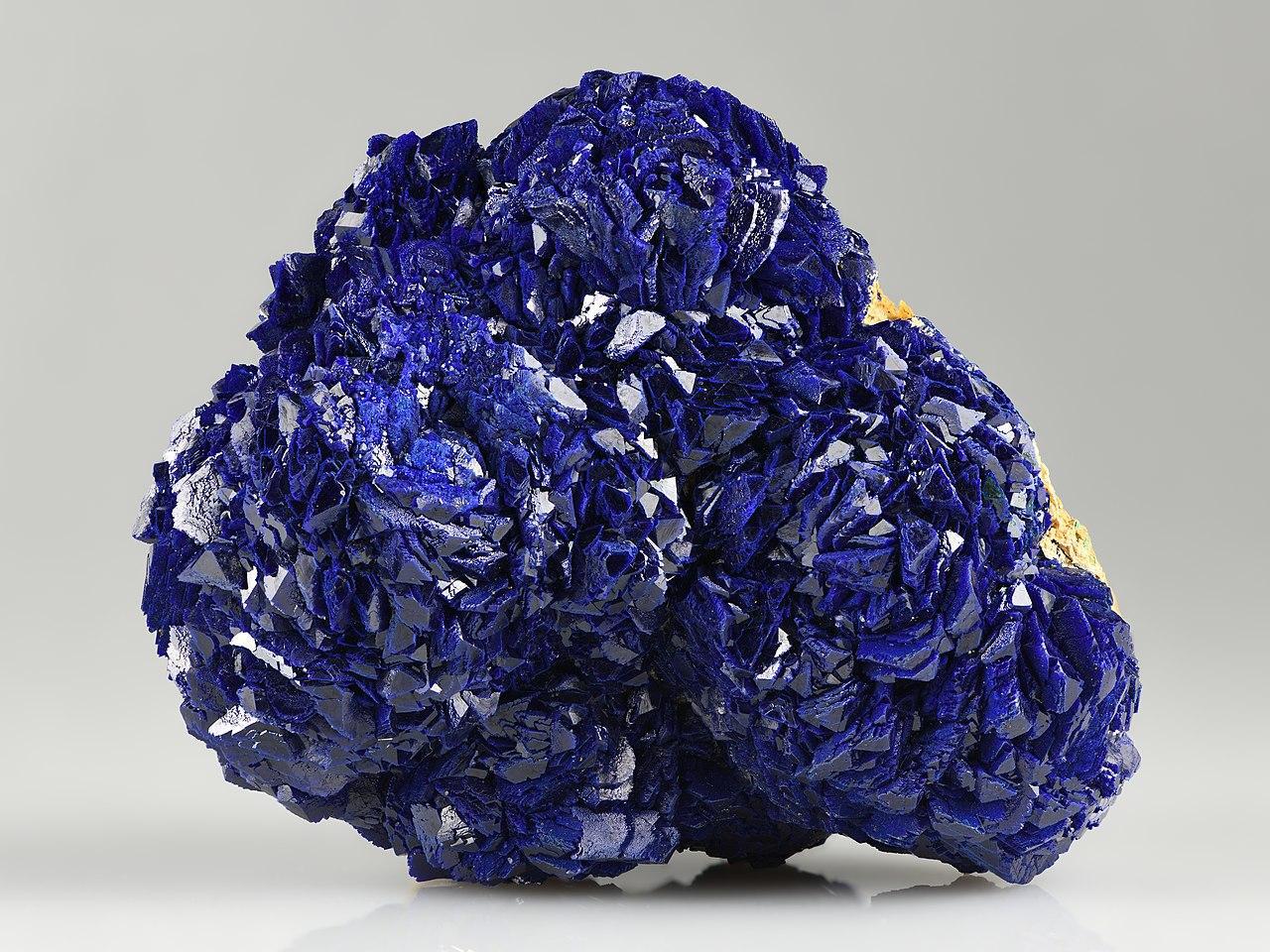
Source: Wikimedia
“The ringwoodite is like a sponge, soaking up water,” Jacobsen said. “There is something very special about the crystal structure of ringwoodite that allows it to attract hydrogen and trap water. This mineral can contain a lot of water under conditions of the deep mantle.”
What Ringwoodite Can Tell Us About Earth’s Formation
The discovery of water stored in ringwoodite deep in the Earth’s mantle has led to a deeper understanding of the planet’s formation. As researchers continue to investigate this unique mineral, they may gain new insights about the role of water deep within the Earth.
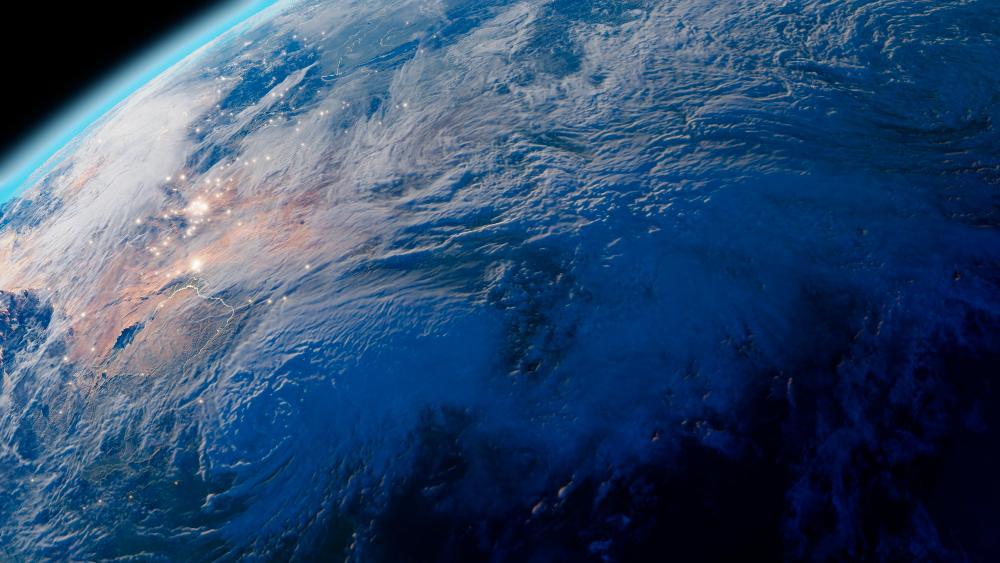
Source: Freepik
Equally exciting is that Ringwoodite’s ability to store and transport water deep within the mantle could help researchers search for life on other planets. Most scientists agree that this is a key factor in discerning the potential habitability of another world.
Ringwoodite Releases Water Beneath North America
Schmandt, on the other hand, was able to use seismic waves to detect the presence of magma deep beneath the US. Further studies have led researchers to believe that partial melting in the mantle may result from ringwoodite releasing enormous amounts of water.
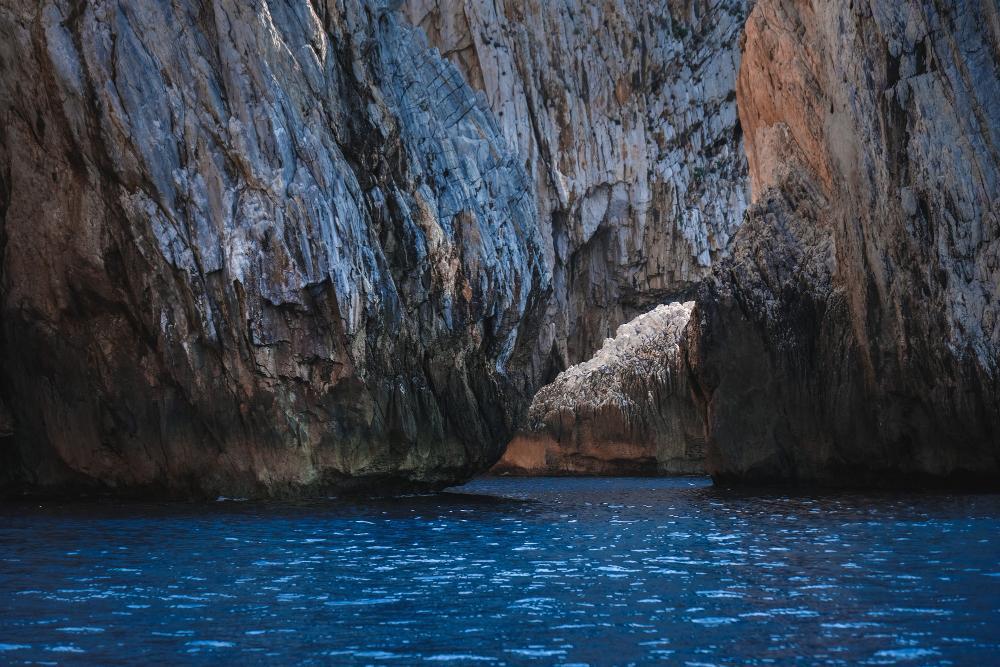
Source: Freepik
“Seismic data from the USArray are giving us a clearer picture than ever before of the Earth’s internal structure beneath North America,” Schmandt explained.
Melting in the Mantle
The melting referenced by the scientists is known as dehydration melting. Ringwoodite in the transition zone will eventually move towards the lower mantle. As it does, it morphs into silicate perovskite and loses its ability to absorb water. This forces the rock which lies between the lower mantle and transition zone to melt.
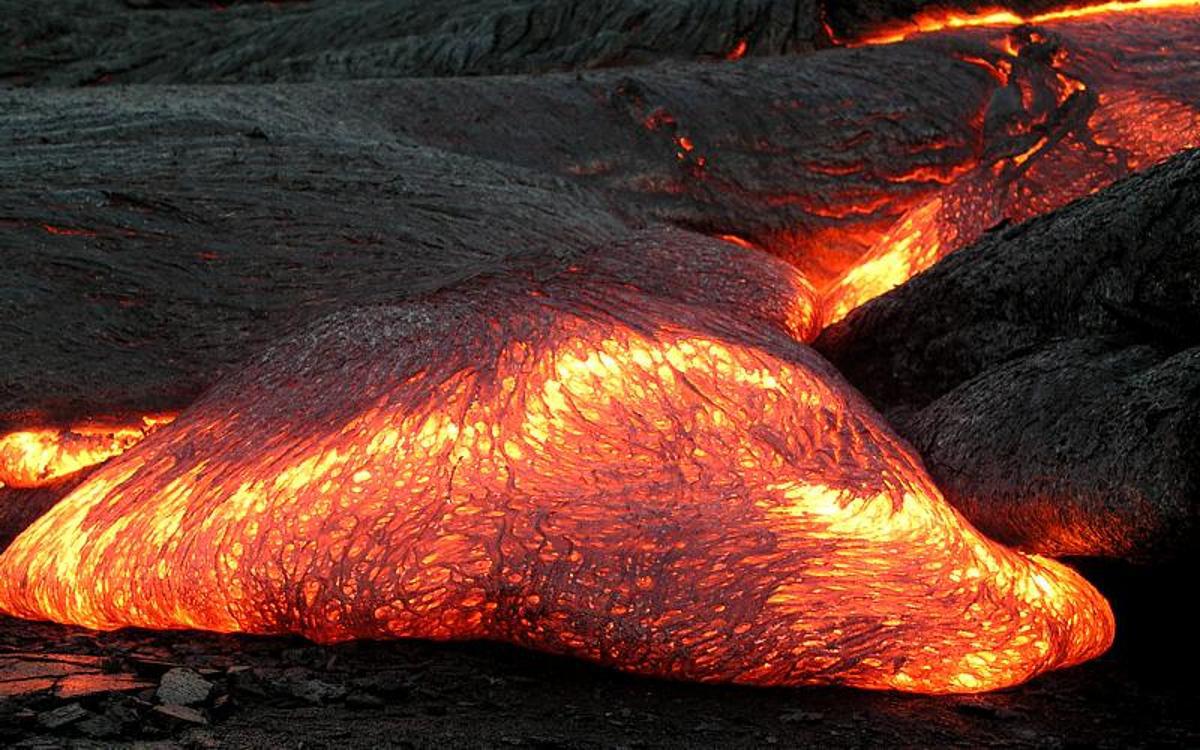
Source: Wikimedia
“When a rock with a lot of H2O moves from the transition zone to the lower mantle, it needs to get rid of the H2O somehow, so it melts a little bit,” Schmandt said. “This is called dehydration melting.”
Ringwoodite Was Accidentally Discovered
The ringwoodite that formed the basis of the discovery was originally found by accident. Graham Pearson, who holds Canada’s Excellence Research Chair in Arctic Resources at the University of Alberta, led the team that made the discovery.

Source: Freepik
Pearson’s team had been searching for a different mineral when they came across the tiny mineral that they initially deemed a worthless brown diamond. “It’s so small, this inclusion, it’s extremely difficult to find, never mind work on,” Pearson said, “so it was a bit of a piece of luck, this discovery, as are many scientific discoveries.”
Better Understanding of the Earth’s Interior
In the end, Pearson, who’s deemed one of the foremost authorities on diamonds and rocks recovered from deep beneath the earth, now considers this one of the most significant finds of his career.
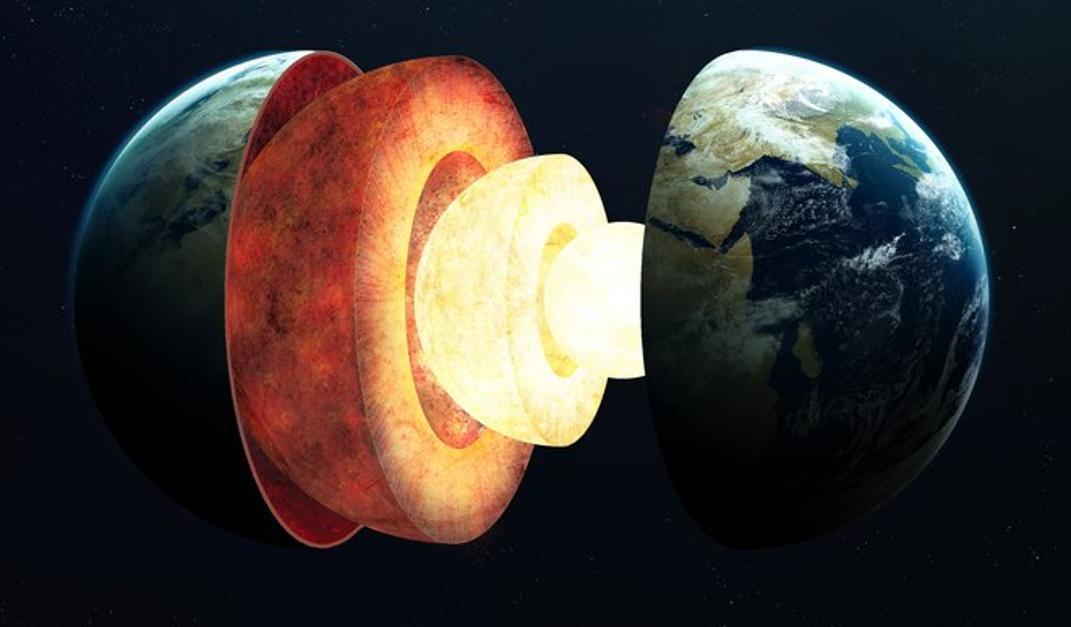
Source: Freepik
Speaking on how it can help researchers better understand the functions of the Earth’s interior, he said, “One of the reasons the Earth is such a dynamic planet is the presence of some water in its interior. “Water changes everything about the way a planet works.”
